
Calvin thinks you might have to shoot these guys to save them. I'm starting to think he's right. Photo by David Lansing.
Calvin and I have been talking about hunting. A lot. As in The only way to save the wildlife in Kenya is to once again allow hunting.
I would never have imagined a month ago that I would agree that maybe the only way to save the elephants is to shoot them, but I do.
Here’s the thing: Kenya is losing about 4% of their wildlife every year, mostly from land use change. What does that mean? It means that there is pressure on the animals from Kenya’s exploding population. And the government feels pressured, understandably, to do more for the people and less for the animals.
When I was in Nairobi, I just happened to pick up a magazine in my room at Tribe called SWARA: The Voice of Conservation in East Africa. I’m flipping through it, looking at all the nice photos of elephants and rhinos and such and here’s this article, based on a BBC News story, reporting that in the Mara giraffe numbers are down by 95%, 80% for warthogs, 76% for hartebeest, and 67% for impala.
I don’t want you to think I’m making these numbers up so here’s a source from the study that was used in the BBC report. Take a look at it. There are skeptics as far as these numbers are concerned (and I’m one of them), but whether it’s 95% or 50%, that’s still a lot of giraffes, isn’t it?
Now if you actually look at this link regarding the collapse of wildlife in the Mara, you’ll see that the declines are “linked to rapid growth of Maasai settlements around the reserve.”
In other words, pressure from the increase in the number of settlements around the Mara. Animals and people need the same thing: water, food, and land. If one population (people) increases, another population (say, giraffes) has to decrease. It’s just common sense.
So, you wonder, what has this got to do with hunting?
The way things are right now in Kenya, the wildlife has no value to the native population. Lions, leopards, and cheetahs kill their livestock. Elephants, rhinos, and buffs destroy their fields and eat their crops. Everything else drinks their water, eats the grasses their cattle would eat, and takes up the land where they want to live. There is no value to them in conserving wildlife because wildlife does nothing but cause them problems.
I want to quote the arguments of a Samburu elder to a Kenyan warden, D.M. Sindiyo, about the Samburu’s feelings towards wildlife:
“We have been told to give way to the elephant, the rhinoceros, the lion, etc., and this has not been our way of life. Many of us have lost children, others have lost relatives and stock to these animals but they are of no value to us any more. The only value of these animals which we knew about is that they used to be the source of our traditionally important trophies, such as kudu horns used for war signals, lion manes worn as a sign of gallantry by the young warriors, buffalo hides for shields, elephant tusks for ornaments worn by the morrans, etc. The use of these things in our daily life is quickly becoming a thing of the past. This value of wildlife being gone, we know of no other value whatever and yet our cattle are being killed and our people either being killed or injured by these animals. We are fined or imprisoned when we kill these animals for food even in times of extreme famine despite the fact that we are told to share our land with them. The presence of these animals in our district means loss of lives and stock every year and nothing else.”
“This value of wildlife being gone, we know of no other value whatever…”
And this gets to the crux of the issue as to why hunting should be allowed in Kenya.
(To be continued…)


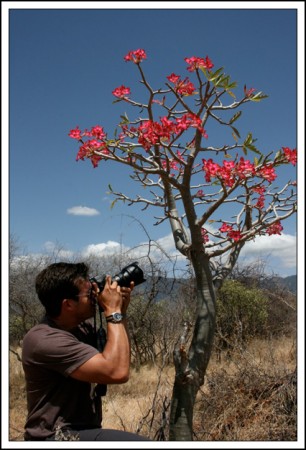
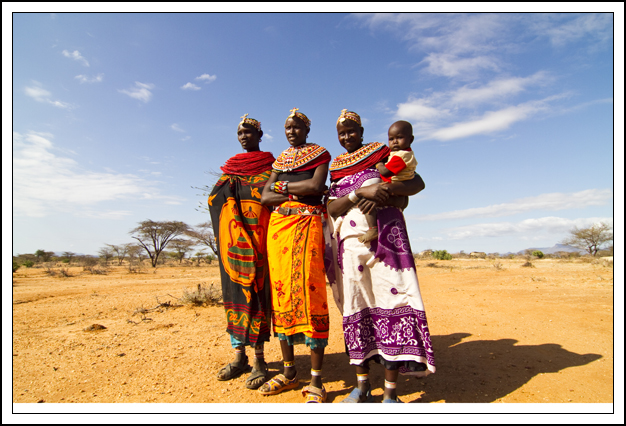
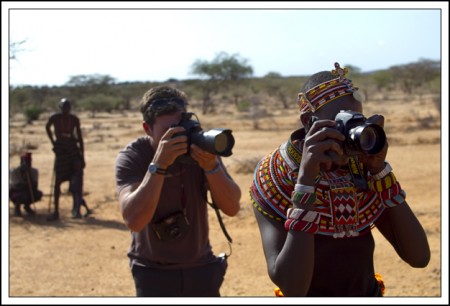


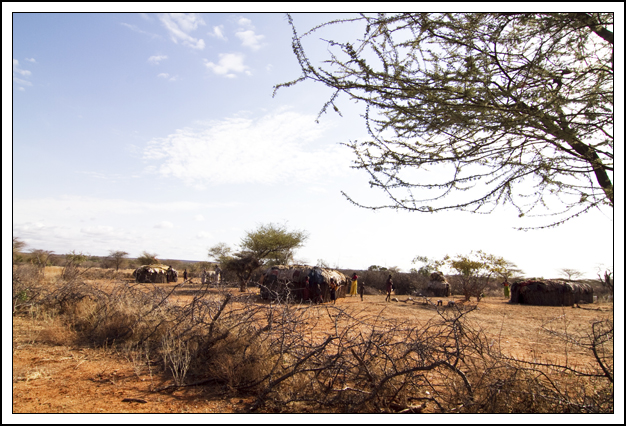
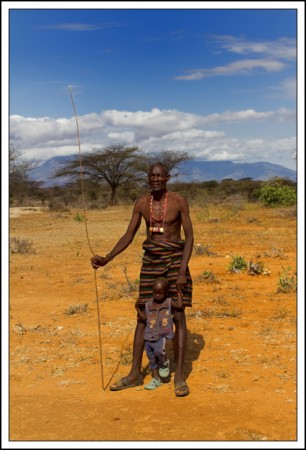
Recent Comments